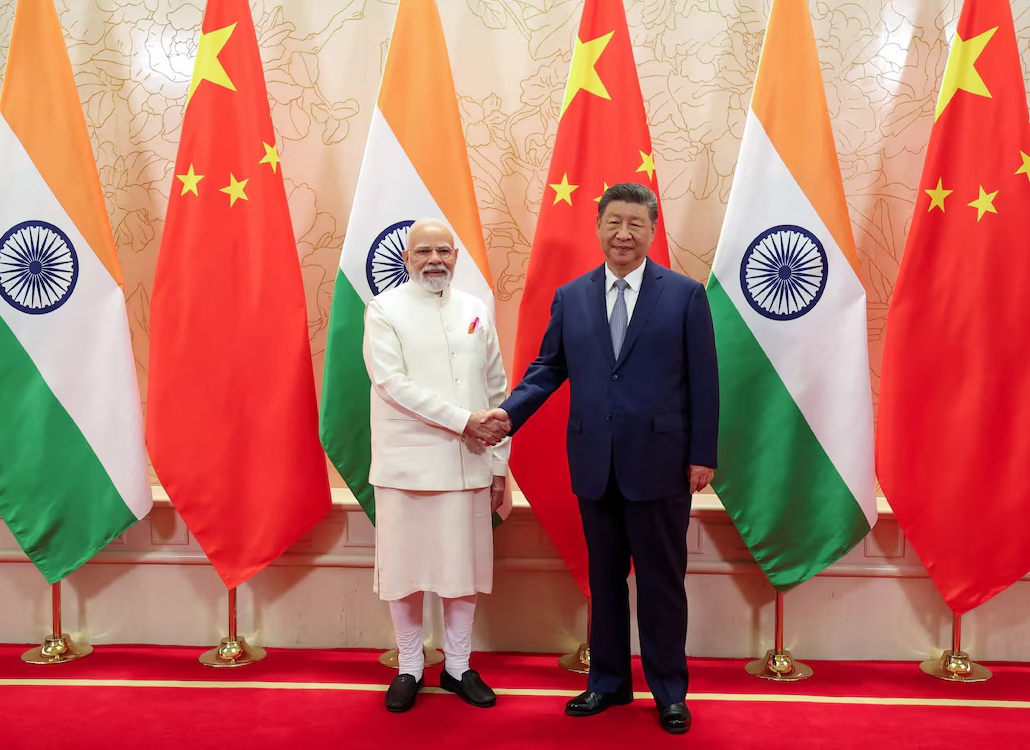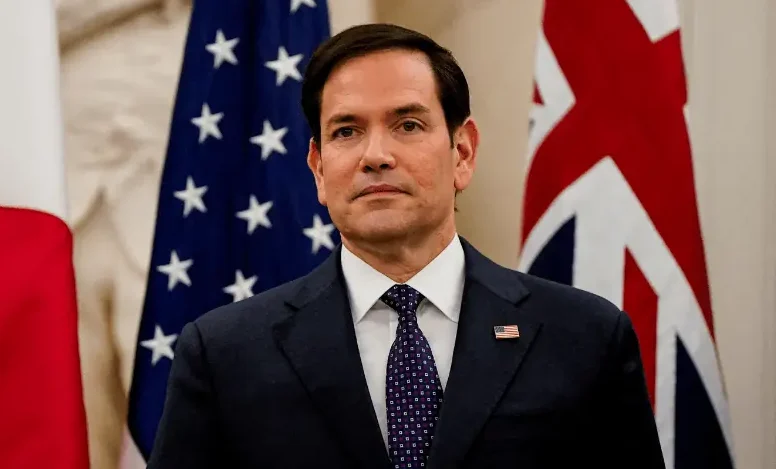India and China are partners in development, not rivals, Prime Minister Narendra Modi and Chinese President Xi Jinping agreed on Sunday. Their conversation focused on boosting trade ties at a time of global tariff uncertainty.
Modi is visiting China for the first time in seven years to attend a two-day meeting of the Shanghai Cooperation Organisation (SCO), a regional security bloc. The summit also includes Russian President Vladimir Putin, along with leaders from Iran, Pakistan, and several Central Asian countries, showcasing a united Global South front.
Experts say Xi and Modi’s meeting aims to show solidarity in the face of mounting Western pressure, especially after U.S. President Donald Trump slapped steep tariffs of 50% on Indian goods just days ago. These tariffs, partly in response to India’s purchase of Russian oil, have strained the decades-long India-U.S. relationship, which Washington hoped would serve as a counterbalance to China in the region.
During the summit, Modi told Xi that India was committed to improving relations and highlighted the need to reduce the country’s massive trade deficit with China, which now stands at nearly $99.2 billion. He also stressed the importance of peace and stability along their disputed Himalayan border, where a deadly clash in 2020 sparked a prolonged military standoff.
“We are committed to progressing our relations based on mutual respect, trust, and sensitivities,” Modi said in a video posted on his official social media account. He added that a “peace and stability” atmosphere has been restored at the border and that cooperation between the world’s two most populous countries benefits 2.8 billion people.
The two nuclear-armed neighbors share a long and poorly marked 3,800 km (2,400 miles) border that has been disputed since the 1950s. Xi said China and India should see each other as opportunities for development rather than threats, according to China’s state news agency Xinhua.
“We must… not let the border issue define the overall China-India relationship,” Xi said. He added that relations could be “stable and far-reaching” if both countries treat each other as partners rather than rivals.
Relations soured sharply after the deadly 2020 clash, which left 20 Indian and 4 Chinese soldiers dead during brutal hand-to-hand combat. Since then, both countries have heavily militarized their shared border.
Indian Foreign Secretary Vikram Misri told reporters the border situation has been improving since a patrolling agreement was signed in October last year. “The situation at the border is moving towards normalization,” he said.
Regarding the U.S. tariffs, Misri said Modi and Xi discussed the “economic situation” and the challenges it poses. “They tried to see how to leverage that for building greater understanding between themselves and how to take forward the economic and commercial relationship,” he added.
The leaders also explored common ground on regional and global issues such as terrorism and fair trade, according to a statement from the Indian Foreign Ministry.
Signs of Thaw: Flights Resume, Export Restrictions Ease
Last year’s breakthrough meeting between Modi and Xi in Russia, which included the border patrol agreement, sparked a cautious thaw that has gained speed recently as India looks to balance against new tariffs from the U.S.
Modi announced the resumption of direct flights between India and China, suspended since 2020, though he did not specify when they would restart.
China also agreed to lift export restrictions on crucial items like rare earths, fertilizers, and tunnel boring machines following a Chinese Foreign Minister Wang Yi visit to India this month.
Chinese Ambassador to India Xu Feihong expressed strong support for India against Washington’s tariffs, saying China “firmly stands with India.”
Additionally, China has permitted Indian pilgrims to visit Hindu and Buddhist sites in Tibet, and visa restrictions have been relaxed on both sides.
“I see the meeting as a step toward incremental improvement,” said Manoj Kewalramani, a Sino-Indian relations expert. “There’s mixed political signaling, but also a clear need to stabilize ties amid wider geopolitical currents.”
Challenges Ahead: Trade Deficit, Water Disputes, and Regional Rivalries
Despite progress, unresolved issues linger. China is India’s largest trading partner, but India’s enormous trade deficit remains a major concern, recently hitting a record $99.2 billion.
India is also worried about a planned Chinese mega-dam in Tibet that could divert up to 85% of water flow from the crucial Brahmaputra River during dry seasons, threatening water security downstream.
The two countries also remain divided over India’s hosting of the Dalai Lama, the exiled Tibetan spiritual leader China labels a separatist. Meanwhile, China continues to back India’s regional rival Pakistan with economic, diplomatic, and military support.
As Modi and Xi work to build cooperation, their relationship remains a complex mix of opportunity, competition, and enduring tensions on multiple fronts.






